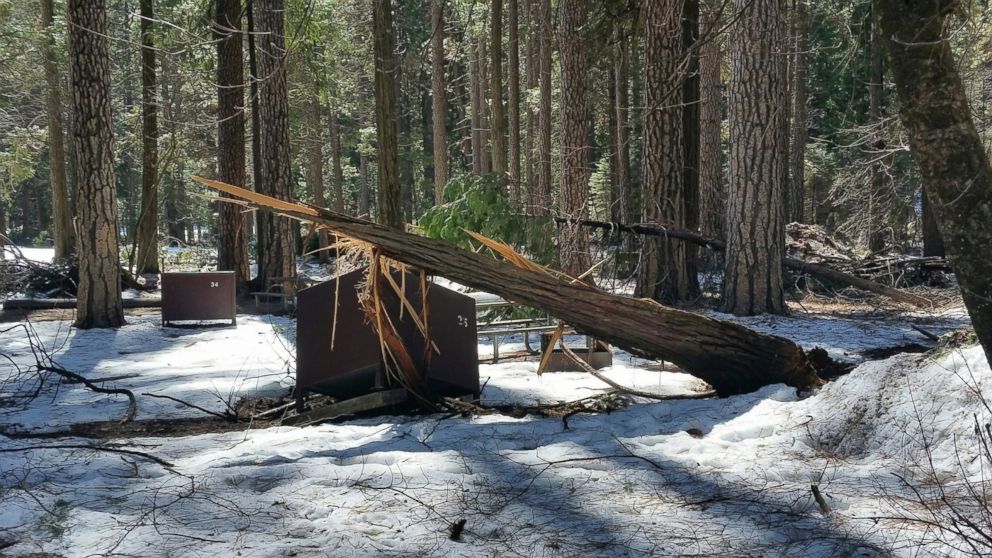
California is free of drought for the first time in more than seven years and only a small amount of its territory remains abnormally dry as a very wet winter winds down, experts said Thursday.
More than 93 percent of the state is free of drought or dryness, and areas of abnormal dryness along the Oregon border and in parts of four southern counties amount to less than 7 percent of the state, the U.S. Drought Monitor said in its weekly update.
The conditions in the far south are because of very dry prior years, the monitor said, noting reservoirs in San Diego County are at only 65 percent of capacity. Abnormal dryness describes an area either entering drought or emerging from it, but below the four tiers of drought.
California is drought-free for the first time since Dec. 20, 2011, said the National Drought Mitigation Center at the University of Nebraska-Lincoln, which jointly produces the monitor with the U.S. Department of Agriculture and the National Oceanic and Atmospheric Administration.
“The state had experienced some form of drought for 376 consecutive weeks,” the center tweeted.
The state came close to being drought-free in soggy 2017 when it was whittled down to less than 9 percent of the state and then-Gov. Jerry Brown lifted an emergency declaration intended to conserve water.
But since then paltry precipitation had raised concern about the water supply and a rethinking of how it is used, especially for landscaping.
The change this year has been dramatic. On Jan. 1, more than 75 percent of California was in some level of drought and less than 8 percent was entirely free.
Storms since have been a boon to water supplies as well as skiers and snowboarders as the snowpack deepened in the Sierra Nevada and in other ranges, but they have also brought problems including river flooding that swamped much of the Sonoma County wine country town of Guerneville.
Heavy downpours caused millions in damage to highways in the San Jacinto Mountains east of Los Angeles, and state transportation officials said this week they expect the routes to remain closed for four more months.
Yosemite National Park announced there will be late seasonal openings of facilities because of extensive damage from the exceptionally heavy snowpack.
Storms in January and February caused rock and debris slides and toppled trees that damaged campground restrooms, utilities, tent cabins, parking areas, hiking trails and roads.
Plowing of the Glacier Point and Tioga roads will begin in April but neither is expected to be open before Memorial Day. The park also said rivers and streams are expected to swell when snowmelt begins, posing hazards to visitors.





